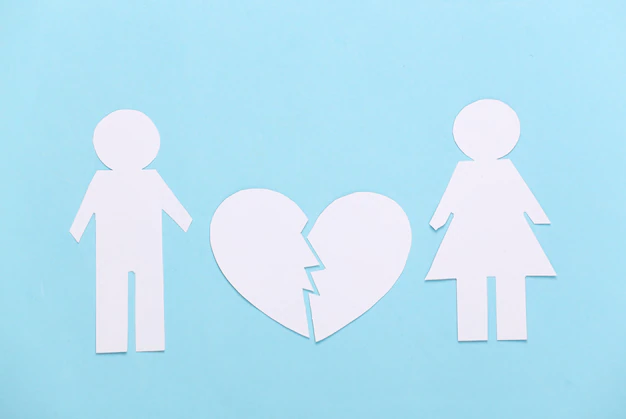Heart Attack and Gender Differences

Heart attack symptoms and treatment may differ between men and women. In general, women may experience less typical symptoms than men. For example, while chest pain is the most common symptom for both men and women, women are more likely to experience other symptoms, such as shortness of breath, nausea or vomiting, jaw pain, back pain, or fatigue.
Studies have also shown that women are more likely to delay seeking medical attention when experiencing heart attack symptoms compared to men. This delay may be due to a lack of awareness of the symptoms or a reluctance to seek medical care due to societal or personal beliefs.
Additionally, women may have different risk factors for heart disease than men. Hormonal changes during menopause can increase the risk of heart disease in women. Women with polycystic ovary syndrome (PCOS), gestational diabetes, or preeclampsia during pregnancy may also have an increased risk of heart disease later in life.
It is important for both men and women to be aware of their risk factors for heart disease and to seek medical attention immediately if they experience any symptoms of a heart attack.
